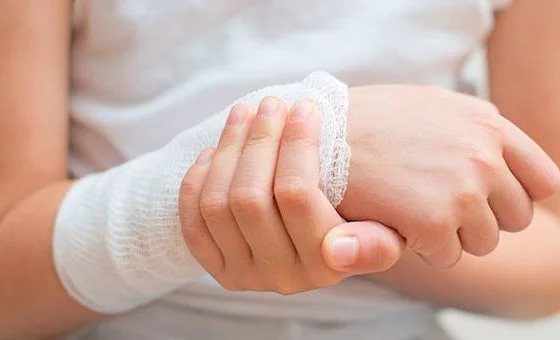By 16 years of age, up to 40% of otherwise healthy girls and 64% of boys will have experienced ≥1 broken bone, with a peak incidence in the peri-pubertal years. Is this just because youth are active or risk takers? An alternative explanation is that the fastest rate of bone mineralization occurs several months after the most rapid gains in bone size during adolescence.
The incidence of childhood fractures appears to be on the rise in both the United States and Scandinavia, raising concerns about unhealthy lifestyle trends.Addressing this public health problem requires an understanding of which children are fracturing bones and why.
In the population-based retrospective study of emergency department visits from Ontario, Canada, in this issue of Pediatrics, Escott et alsuggest the risk of a broken bone is not equal for all. The study compared the fracture incidence for those with or without a baseline fracture over a 7-year follow-up period. To focus on healthy youth (<16 years of age), children with osteogenesis imperfecta, low bone density, juvenile arthropathy, pathologic fracture, or a history of child abuse or neglect were excluded from analysis.
Twenty-three percent of children with a baseline fracture had ≥1 additional fracture during the follow-up period as compared with only 11.3% of those without a fracture at baseline. This rate remained 60% greater than controls without a fracture at baseline after adjustment for sex; rural residence; and history of soft tissue injury, head trauma, or previous fracture.
